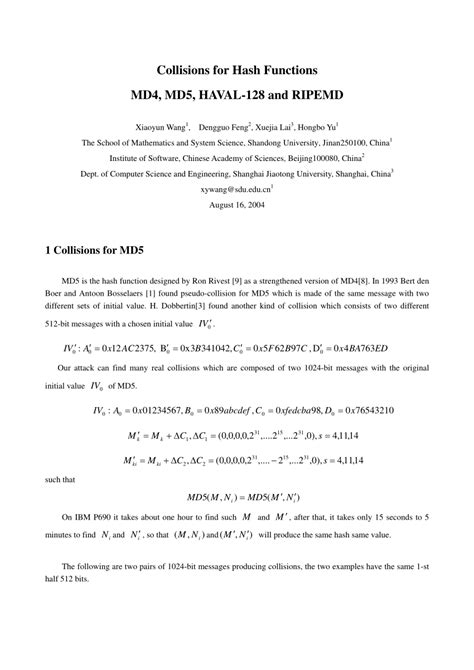Understanding Ethereum Hash Functions: A Deep Dive into Bitcoin
Ethereum, the second-largest cryptocurrency by market cap, has long fascinated people with its underlying technology. One of Ethereum’s most important features is that it uses two hash functions to generate unique addresses for its users. But what makes these hash functions so important to the ecosystem? In this article, we’ll explore why Bitcoin uses two hash functions and why other cryptocurrencies may choose a different approach.
What are hash functions?
Hash functions are mathematical algorithms that take input data (in this case, a public key or mnemonic) and produce a fixed-size string called a digital fingerprint. This digital fingerprint is unique to the input data and cannot be reversed or altered in any way without affecting its original value.
Two hash functions: SHA-256 and RIPEMD-160
Bitcoin uses two hash functions:
- SHA-256 (Secure Hash Algorithm 256): A widely used cryptographically secure hash function designed by David Chaum. SHA-256 is considered the most secure hash function because it is resistant to certain types of attacks, such as collision attacks and preimage attacks.
- RIPEMD-160 (RIPE MD-160): A variation of the Mersenne Random Number Generator algorithm designed by Rick Beringer and Rainer Regele. RIPEMD-160 is also considered secure and has been used in several cryptographic applications.
Why use two hash functions?
So why not just use one hash function? The reason is the unique requirements of the Ethereum blockchain. Bitcoin uses a proof-of-work consensus algorithm to secure its network, which requires the creation of a new block of transactions at regular intervals (approximately every 10 minutes). To achieve this, bitcoin miners must solve complex mathematical problems using their processing power to validate and record transactions.
In contrast, Ethereum’s decentralized network is based on smart contracts, which are self-executing agreements with specific rules written in a blockchain language. These contracts allow for the creation of autonomous systems that can interact with each other without human intervention.
To achieve this, Ethereum needs a stronger solution than a hash function. Two hash functions provide two possible ways to verify transactions and ensure their integrity:
- Proof-of-Work (PoW): This is the primary mechanism for securing the Bitcoin network. By solving complex mathematical problems, miners create new blocks of transactions that are verified with SHA-256.
- Proof of Stake (PoS): In this approach, validators use different rules to select and verify transactions. Instead of relying on computational power, PoS relies on the remaining share of the network as collateral.
Why not just use a hash function?
If Ethereum had chosen to use only one hash function (e.g. SHA-256), it might not have been able to achieve its decentralized and independent goals. Here are some reasons why:
- Security: With a single hash function, Bitcoin’s security would be compromised if the algorithm were compromised or exposed to attacks.
- Scalability

: Two hash functions provide a more robust solution for processing large volumes of transactions, as they offer more flexibility in terms of scalability and fault tolerance.
- Autonomy: By using two hash functions, Ethereum can create more autonomous systems that interact with each other without human intervention. This allows for the creation of decentralized applications (dApps) and autonomous contracts.
Conclusion
Ethereum’s use of two hash functions is a key element of the architecture, enabling robust security, scalability, and autonomy in a decentralized network.

